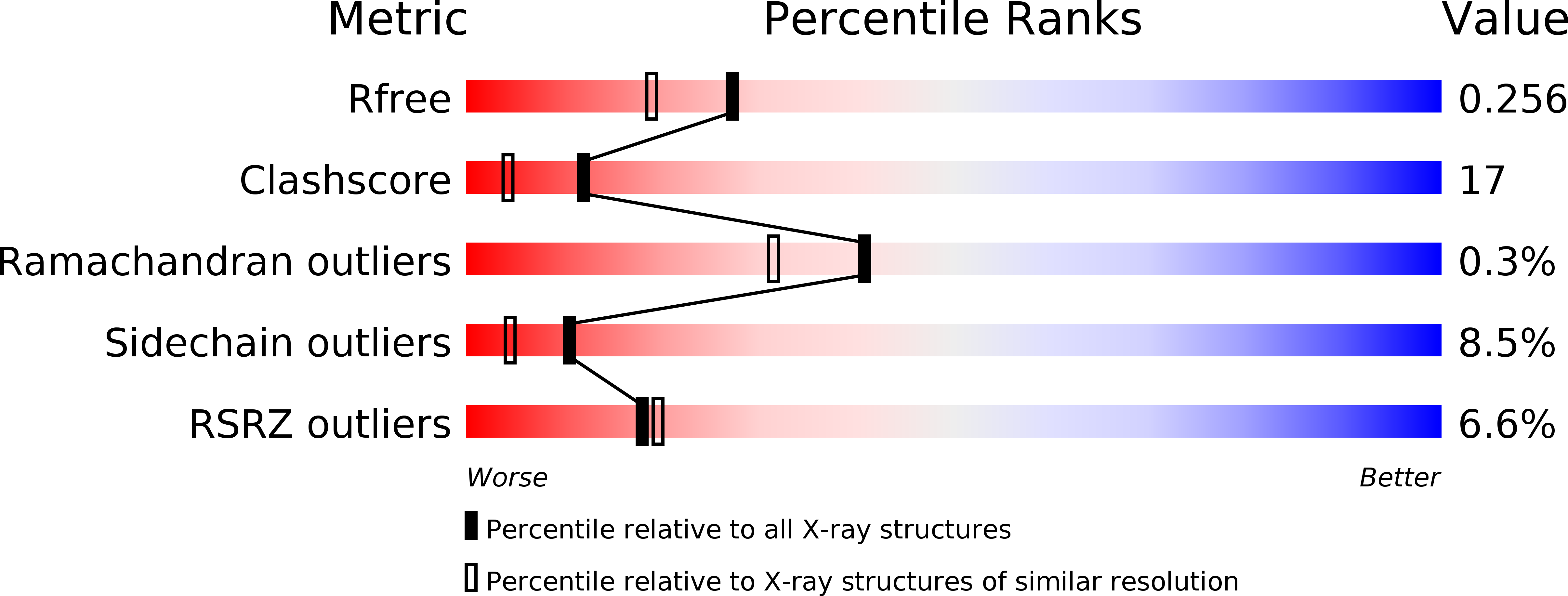
Deposition Date
2007-10-05
Release Date
2008-08-12
Last Version Date
2024-03-13
Entry Detail
PDB ID:
2RGT
Keywords:
Title:
Crystal Structure of Lhx3 LIM domains 1 and 2 with the binding domain of Isl1
Biological Source:
Source Organism:
Mus musculus (Taxon ID: 10090)
synthetic construct (Taxon ID: 32630)
synthetic construct (Taxon ID: 32630)
Host Organism:
Method Details:
Experimental Method:
Resolution:
2.05 Å
R-Value Free:
0.25
R-Value Work:
0.21
R-Value Observed:
0.21
Space Group:
C 1 2 1


